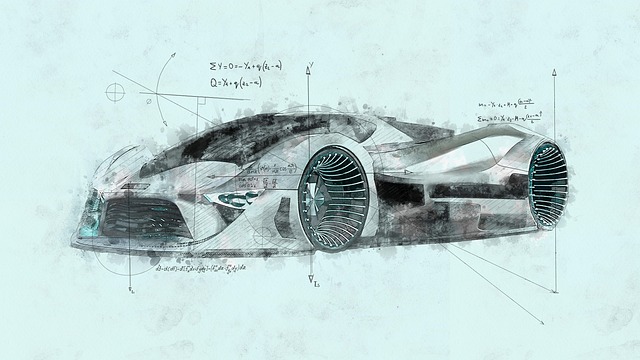Step into the world of hypercars, where automotive engineering meets art, and the pursuit of speed, technology, and exclusivity reaches its zenith. Hypercars represent the absolute pinnacle of the car industry, pushing the boundaries of what is possible in terms of performance, design, and innovation. They are not merely vehicles—they are rolling showcases of the latest advancements, built for those who demand the extraordinary.
At their core, hypercars are defined by their uncompromising performance. These machines routinely deliver over 1,000 horsepower, rocket from 0 to 100 km/h in under three seconds, and achieve top speeds that often exceed 350 to 400 km/h. The Bugatti Chiron, Koenigsegg Jesko, McLaren P1, and Ferrari LaFerrari are just a few names that have become legends in this rarefied class. Such staggering capabilities are made possible by the use of advanced materials like carbon fiber, titanium, Kevlar, and even gold, all chosen for their strength and lightness. Every component is meticulously engineered for maximum speed, stability, and handling, with aerodynamics playing a crucial role through features like active spoilers and adaptive suspension systems.
Hypercars stand apart from supercars in several key ways. While both are high-performance, luxury vehicles, hypercars take every aspect—power, technology, exclusivity, and price—to an even higher level. They often incorporate cutting-edge hybrid or electric propulsion systems, advanced driver aids, and the most innovative engineering solutions available. Their designs are futuristic, both inside and out, blending aesthetics with aerodynamic efficiency. Production numbers are extremely limited, sometimes just a handful of units, making each hypercar a collector’s item and a symbol of status and achievement.
The journey of hypercars began with icons like the McLaren F1 in the 1990s, a car that redefined what was possible with its central driving position and gold-lined engine bay. Since then, each new hypercar has sought to outdo its predecessors, not just in raw speed but in the integration of new technologies—whether through hybrid powertrains, lightweight construction, or digital cockpit experiences. Today, the term “hypercar” is reserved for the top 1% of performance cars, those that cost millions and deliver experiences beyond the reach of most enthusiasts.
Beyond their technical prowess, hypercars are also about exclusivity and artistry. Owners are often invited to participate in the design process, choosing bespoke materials and finishes. The interiors are as meticulously crafted as the exteriors, with every detail tailored for luxury and uniqueness. This level of personalization, combined with the rarity of the vehicles, ensures that hypercars are as much about personal expression as they are about performance.
In the world of motorsport, the hypercar ethos has inspired new racing categories, such as the Le Mans Hypercar (LMH) class, where manufacturers like Toyota, Peugeot, Ferrari, and Aston Martin compete with purpose-built machines that showcase the same technological ambition found in road-going hypercars.
Ultimately, hypercars are more than just cars—they are the ultimate expression of what the automotive world can achieve when limits are pushed, and imagination runs free. For many, they remain a dream, but for a select few, they are the ultimate symbol of speed, innovation, and exclusivity.
